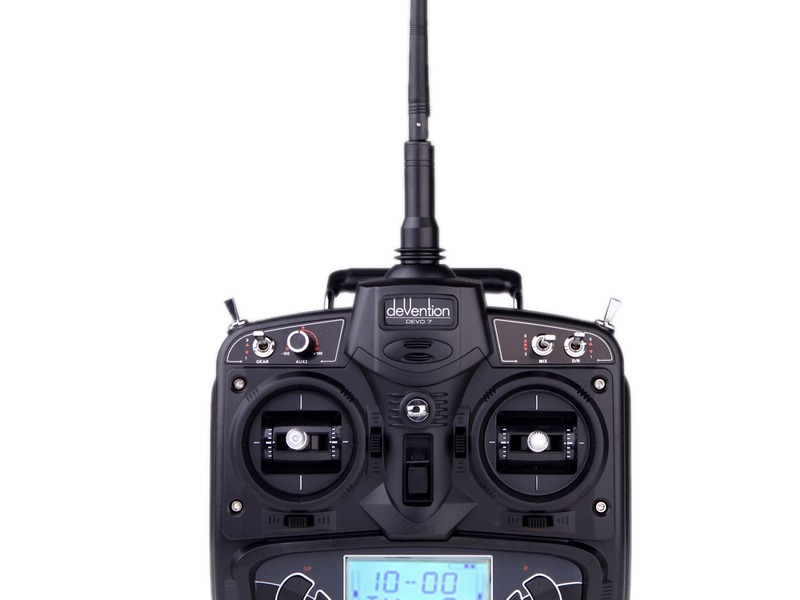How do RC channels work?

RC channels (or radio control channels) are the channels used to control remote-controlled (RC) devices and vehicles. RC channels are typically used for the purpose of controlling and monitoring the operation of an RC device or vehicle.
RC channels consist of an antenna, a receiver, and a transmitter. The antenna is used to pick up radio signals from the transmitter and send them to the receiver. The receiver is then used to interpret the signals and control the RC device or vehicle.
An RC channel typically consists of two parts: a radio frequency (RF) channel and a control channel. The RF channel is the channel that the transmitter uses to send signals to the receiver. The control channel is the channel that the receiver uses to interpret the signals and control the RC device or vehicle.
When the transmitter sends a signal to the receiver, the receiver will interpret the signal and use it to control the RC device or vehicle. The receiver will send the signal to the motor, servo, or other components of the RC device or vehicle. The motor, servo, or other components will then activate, causing the RC device or vehicle to move.
There are different types of RC channels available, depending on the type of RC device or vehicle being controlled. Some RC channels are designed to control helicopters, airplanes, boats, and cars. Other RC channels are designed to control robots, drones, and other RC devices. Each type of RC channel has its own set of features and capabilities.
RC channels are typically classified into two categories: Frequency Modulated (FM) and Amplitude Modulated (AM). FM RC channels are typically used for radio controlled devices that require a high degree of accuracy, such as helicopters and airplanes. AM RC channels are typically used for less precise applications, such as cars and boats.
The range of an RC channel is typically determined by the power of the transmitter, the type of antenna used, and the distance between the transmitter and receiver. The power of the transmitter determines how far the signal can travel. The type of antenna used affects how well the signal can travel, and the distance between the transmitter and receiver affects how well the signal can travel.
In addition to controlling and monitoring the operation of an RC device or vehicle, RC channels can also be used to transmit data from one device to another. This is often done by using a data link between the transmitter and receiver. The data link allows the transmitter and receiver to communicate with each other and transfer data.
In summary, RC channels are used to control and monitor the operation of an RC device or vehicle. RC channels consist of an antenna, a receiver, and a transmitter. Different types of RC channels are available, depending on the type of RC device or vehicle being controlled. The range of an RC channel is determined by the power of the transmitter, the type of antenna used, and the distance between the transmitter and receiver. In addition to controlling and monitoring the operation of an RC device or vehicle, RC channels can also be used to transmit data from one device to another.
Comments / Question
2. Make sure your RC channels are installed and set up properly.
3. Check that all batteries are charged before each use.
4. Always fly in open and unobstructed areas away from people, pets, traffic, and obstacles.
5. Respect other flyers and stay well within your own flying area so that your aircraft does not interfere with theirs.
6. Know and obey all local laws regarding the operation of unmanned aircraft.
7. Be aware of the maximum operating distance and remain within it.
8. Do not fly when the weather is poor, such as windy, rainy, or foggy conditions.
9. Do not fly under the influence of alcohol or drugs.
10. Refrain from stunts or other aerial acrobatics until you are experienced enough to do them safely.
2. Set up the transmitter and receiver.
3. Connect the antenna to the transmitter and receiver.
4. Adjust the frequency on the transmitter and receiver to match the chosen frequency.
5. Turn on the transmitter and receiver and test the signal strength.
6. Connect the transmitter and receiver to a power source and connect the servos or other components.
7. Make sure the model is properly balanced and setup for flight.
8. Check the signal strength and adjust the antenna if necessary.
9. Begin flying the model with the RC channel.

